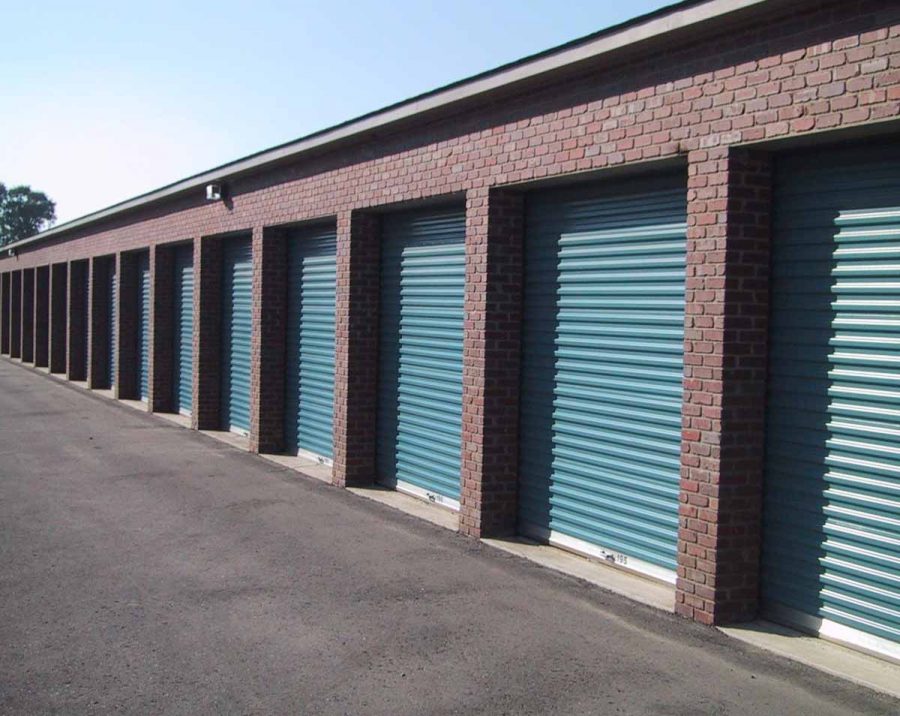Many of us organise the clothes in our wardrobes by season, such as sorting summer shorts and t-shirts from winter outfits; however, as the number of clothing items we have accumulates we can end up running out of space for our clothes, and that is when commercial storage can come to the rescue.
Commercial storage units is used for many reasons by both residential and business customers, and they provide an inexpensive and practical solution whenever you have limited space. By renting a storage unit, you can store items, in this case, clothes, safely and securely until you require them. In this blog post, we are going to provide you with seven tips on how to best use commercial storage to help you if you have more clothes than space allows for at home.
Tip #1 – Classify Your Clothing: No matter what season it is, there will be clothes that you are going to wear regardless. This can include underwear and clothes that you classify as required for work, such as shirts, blouses, and suits. You should therefore separate everyday clothes or clothes that are suitable for the current season from those which are ‘out of season’ that you know you will not be wearing in the near future and are therefore going to put into storage.
Tip #2 – Wash And Dry The Clothes Going Into Storage: Before you put your clothes into commercial storage, you should wash and dry them, even if you regard them as already being clean. For some items, you may need to take them to a dry cleaner instead of simply using your washing machine. You do not have to iron anything unless you wish to as they will likely need ironing once they are taken out of storage.
Tip #3 – Fold Your Clothes Neatly: As you are not ironing the clothes going into storage. It can be tempting to randomly throw them into a plastic box or suitcase. However, folding your clothes properly will ensure they remain in the very best condition. You may choose to use a clothing rack or hanging clothing rail for more expensive items.
Tip #4 – Avoid Cardboard Boxes: Although they are a cheap option, the risk of storing clothes in cardboard boxes for storage is twofold. They can be easily damaged or crushed, especially if too much weight is placed on them when stacking boxes. Cardboard is also more prone to damage from moisture which can cause mould to grow on the inside where the clothes are. Instead, use air-tight plastic storage boxes for your clothes that are going into storage.
Tip #5 – Use Vacuum Sealed Bags Carefully: Whilst some items will be fine stored in vacuum-packed storage bags, some will not be. Clothing made from natural fibres like silk is prone to damage when they are stored in bags made from plastic as they can often lose their shape. Vacuum-sealed bags are suitable for shorter storage periods but we again recommend air-tight plastic boxes for storage over longer terms.
Tip #6 – Create An Inventory System: It is always best practice to create an inventory list of every item of clothing you are placing into storage. This can be broken down into clothing types, the number of items, and the box or bag number they are in, if you use a numbering system for labelling boxes etc.
Tip #7 – Label All Your Boxes/Bags: You should label all your storage boxes and bags so that when it comes time to find them again you can do so easily. You can organise your items according to season, clothing type, or colour, or you could use a number coding system. There is no one system for labelling clothes in storage, so use whatever method seems easiest for you.






